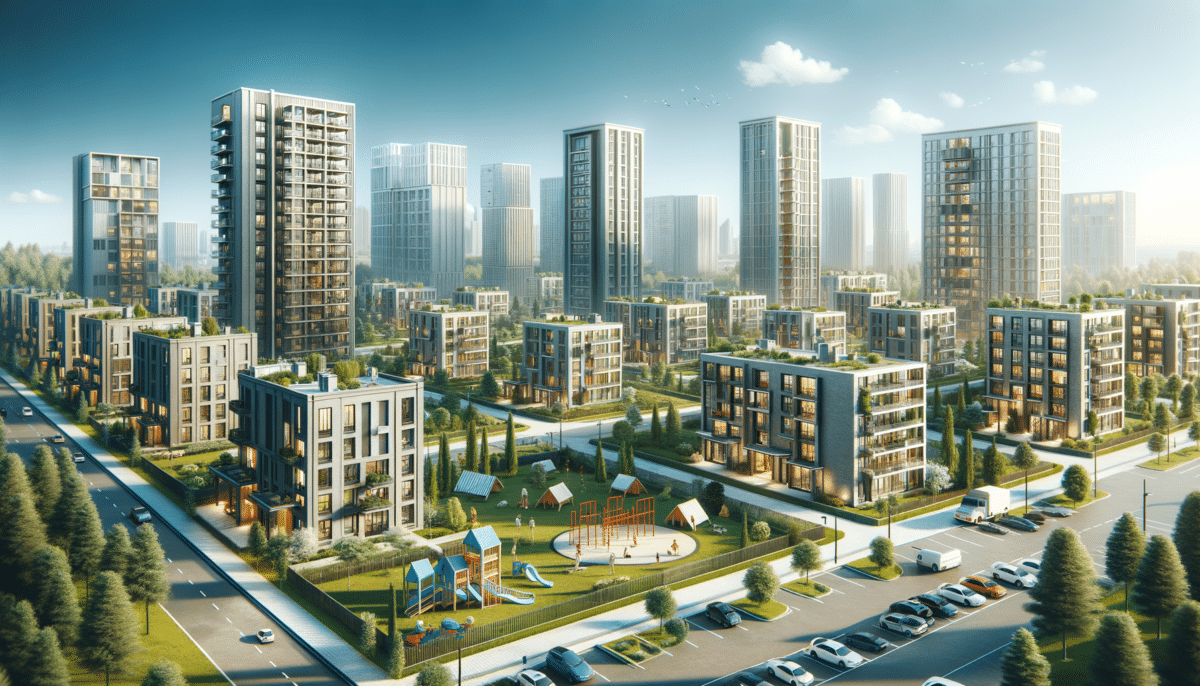Understanding the Rental Market
In the quest for a rental apartment nearby, understanding the dynamics of the rental market is crucial. The rental market can vary significantly based on location, economic conditions, and demand. In urban areas, for example, the demand for rental properties is typically higher, leading to increased prices and competition. Conversely, suburban or rural areas may offer more affordable options but could lack certain amenities or conveniences.
One important factor to consider is the rental vacancy rate in your desired area. A low vacancy rate often indicates a competitive market, where apartments are quickly rented out, sometimes even above the asking price. On the other hand, a higher vacancy rate might suggest more negotiating power for renters. According to recent studies, cities with vibrant job markets tend to have lower vacancy rates, attracting more people to move in for employment opportunities.
Moreover, rental prices can be influenced by factors such as the proximity to public transportation, schools, and shopping centers. Apartments near these amenities often come at a premium due to their convenience. However, if you are willing to compromise on location, you might find more affordable options that still meet your needs. As you explore the rental market, it is essential to balance your budget with your lifestyle preferences to find a suitable apartment.
Evaluating Apartment Features and Amenities
When searching for a rental apartment nearby, evaluating the available features and amenities is a critical step. These aspects can significantly impact your daily life and overall satisfaction with your living environment. Common features to consider include the size of the apartment, the number of bedrooms and bathrooms, and the layout. A well-designed layout can make even a smaller space feel comfortable and functional.
Amenities, on the other hand, refer to the additional facilities provided by the apartment complex or building. These can range from essential services like laundry facilities and parking to luxury offerings such as a fitness center, swimming pool, or communal spaces. While amenities can enhance your living experience, they often come with additional costs, so it’s important to prioritize what matters most to you.
In addition to physical features and amenities, consider the apartment’s energy efficiency and maintenance policies. Energy-efficient appliances and good insulation can reduce utility bills, making the apartment more affordable in the long run. Similarly, responsive maintenance services ensure that any issues are addressed promptly, contributing to a hassle-free living experience.
- Size and layout
- Amenities (e.g., gym, pool)
- Energy efficiency
- Maintenance services
Financial Considerations and Budgeting
Financial considerations play a pivotal role in the apartment rental process. Setting a realistic budget is essential to avoid overextending yourself financially. It’s recommended to allocate no more than 30% of your monthly income to rent. This rule of thumb helps ensure you have enough funds for other expenses such as utilities, groceries, and savings.
When budgeting for a rental apartment, it’s important to account for additional costs beyond the monthly rent. These can include security deposits, application fees, and potential costs for parking or pet accommodations. Some landlords might also require renters insurance, which provides coverage for personal belongings and liability.
Negotiating rental terms can also impact your financial situation. In some cases, landlords might be open to discussions about rent reductions, especially if the apartment has been vacant for a while or if you are willing to sign a longer lease. Additionally, understanding the lease terms and any clauses related to rent increases or renewal options can help you plan for the future.
- Monthly rent allocation (30% rule)
- Additional costs (deposits, fees)
- Negotiation opportunities
- Lease terms and conditions
